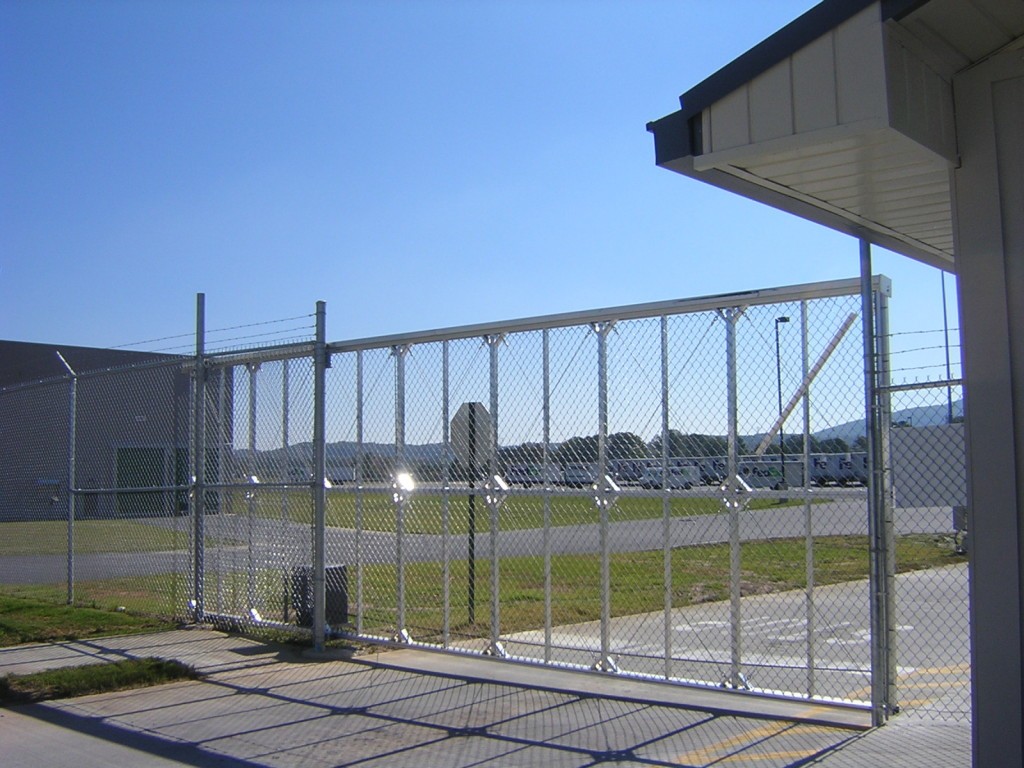In general, machining refers to the process of transforming a raw material, such as a block of plastic or sheet metal, into a final product through controlled material removal processes. CNC (Computer Numerical Control) relies on digital instructions provided by computer-aided manufacturing (CAM) or computer-aided design (CAD) files. These instructions are interpreted by the CNC machine, enabling it to perform precise and repetitive tasks efficiently. Basic CNC machines operate on the x, y, and z axes, while more advanced models can also flip parts automatically, reducing the need for manual intervention and achieving a more comprehensive transformation. CNC machines are incredibly versatile and can work with a wide range of materials. Some common materials include aluminum, brass, copper, steel, wood, foam, fiberglass, polypropylene, and various plastics. This adaptability is one of the key strengths of CNC machining, making it a popular choice across multiple industries. Once you grasp the basics, operating a CNC machine doesn't require an extensive skill set. After designing your part, the CNC machine handles most of the work. Compared to traditional machining methods, which demand deep technical expertise and constant attention, CNC machining offers numerous advantages. Below are some of the key benefits: We’d like to introduce you to some of the most common types of CNC machines used in metalworking. Here are five of the most widely used CNC machines: Most metal fabrication shops and CNC machining professionals own both milling and lathe machines. Both CNC machines follow the principle of subtractive machining—starting with a block of raw material and shaping it into the desired form. Although they share similarities, they differ in significant ways. Understanding these differences can enhance your understanding of CNC capabilities, helping you maximize equipment usage and improve project efficiency. The primary distinction between lathes and milling machines lies in the interaction between the workpiece and the tool. In a lathe, the workpiece spins around its axis while the tool remains stationary. This process, known as “turning,†is commonly used to create cylindrical parts. Other operations performed on a lathe include drilling, threading, boring, and grooving. On the other hand, a milling machine operates inversely: the tool rotates while the workpiece stays still. This setup provides greater flexibility when approaching the workpiece, enabling the creation of more intricate and complex designs. As you might have inferred from the descriptions above, milling machines are ideal for situations requiring versatility. Their design allows for a wider range of cutting tools, making them suitable for detailed and precise parts. In contrast, lathe machines are better suited for cylindrical parts due to their precision and consistency in producing symmetrical objects. Turning is arguably the oldest machine operation in existence. Together with milling, it forms the backbone of CNC machining. The process involves clamping a workpiece onto a rotating plate or mandrel. As the piece spins, a cutting tool mounted on a movable slide is brought into contact with it. This method is excellent for removing large amounts of material quickly. Additional tools, such as lathes and drill bits, can be incorporated to achieve desired outcomes, including smooth surfaces, concentric shapes, slots, grooves, shoulders, and more. To understand milling, think of it as the opposite of turning. While turning moves the piece and holds the cutting tool steady, milling keeps the piece stationary and rotates the cutting tool on a spindle. Typically, the workpiece is held horizontally in a vise and mounted on a table. Mills are primarily used to remove stock from asymmetrical parts but can also drill holes and bores. They’re the preferred choice for creating notches, chamfers, channels, profiles, and other precise cuts. Creating a flat metal surface is a critical aspect of many custom CNC metal projects. Surface grinders are the most effective and reliable method for achieving this. Like most grinding processes, a CNC grinder uses a spinning disc covered in abrasive grit. The workpiece is mounted on a table that moves back and forth while the abrasive wheel spins above. This method allows for varying degrees of coarseness, enabling different finishes, though it’s not suitable for pieces with large protrusions. Solid sink EDM is commonly used for creating pressure die castings but is rarely applied to finished pieces. EDM (Electrical Discharge Machining) is particularly useful for making holes, squares, pockets, and other shapes. It can also be used to add texture or create recessed letters or logos. This process combines a conductive electrode shaped to match the desired feature with a dielectric fluid to remove metal particles from the workpiece’s surface. Despite its modern-sounding name, wire EDM has been used in the industry for over 50 years. As described by todaysmachinintgworld.com, wire EDM resembles a band saw, except the blade is replaced by a thin wire positioned vertically or at an angle, allowing cuts in any x-y direction. This process can cut through any electrically conductive material, including hard or soft materials like carbide or diamond. Wire EDM is often employed when traditional cutting tools fail to meet the required precision, such as for circular or semicircular cuts. Cylindrical grinding combines the principles of surface grinding and lathe turning. Its greatest advantage lies in its ability to achieve precise and accurate tolerances with workpieces that have exceptionally smooth textures and surfaces. In this process, the workpiece remains stationary while the cylindrical grinding wheel rotates against its surface. While this overview covers many aspects of CNC machining, it doesn’t encompass everything. Stay tuned for future blogs where we’ll explore additional capabilities. If you’re in the Saratoga Springs area and need custom CNC work, feel free to reach out! We specialize in laser cutting, robotic welding, CNC machining, and more, handling nearly all your metal fabrication needs. The core feature of insulated aluminum windows and doors lies in their energy-efficient design. The frames are constructed using high-quality aluminum combined with advanced thermal break technology. This thermal barrier effectively reduces the transfer of heat between the interior and exterior, resulting in a more comfortable indoor environment regardless of external weather conditions. By minimizing heat loss during cold winters and heat gain in scorching summers, insulated aluminum windows and doors significantly contribute to lowering energy consumption and reducing heating and cooling costs. Insulation Profiles,Low Profile Insulation,Kingspan Profiles,Kingspan Panels And Profiles,aluminum alloy profile,Broken bridge aluminum window,broken bridge profiles,Broken bridge aluminum Foshan Knilex Aluminum Co., Ltd. , http://www.aluprofilefactory.comWhat is CNC Machining?
What Types of Materials Can Be Used in a CNC Machine?
Advantages of CNC Machining Over Traditional Machining
Types of CNC Machines
CNC Milling Machines vs. CNC Lathe Machines
Operational Differences
Lathe Machine
Milling Machine
Application Differences
CNC Machining Techniques
Turning
Milling
Grinding
Solid Sink EDM
Wire EDM
Cylindrical Grinding
Need CNC Machining Help?


